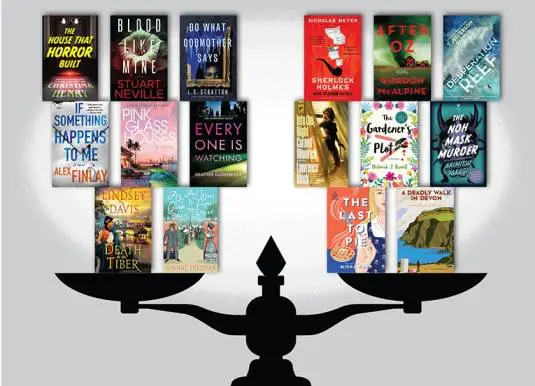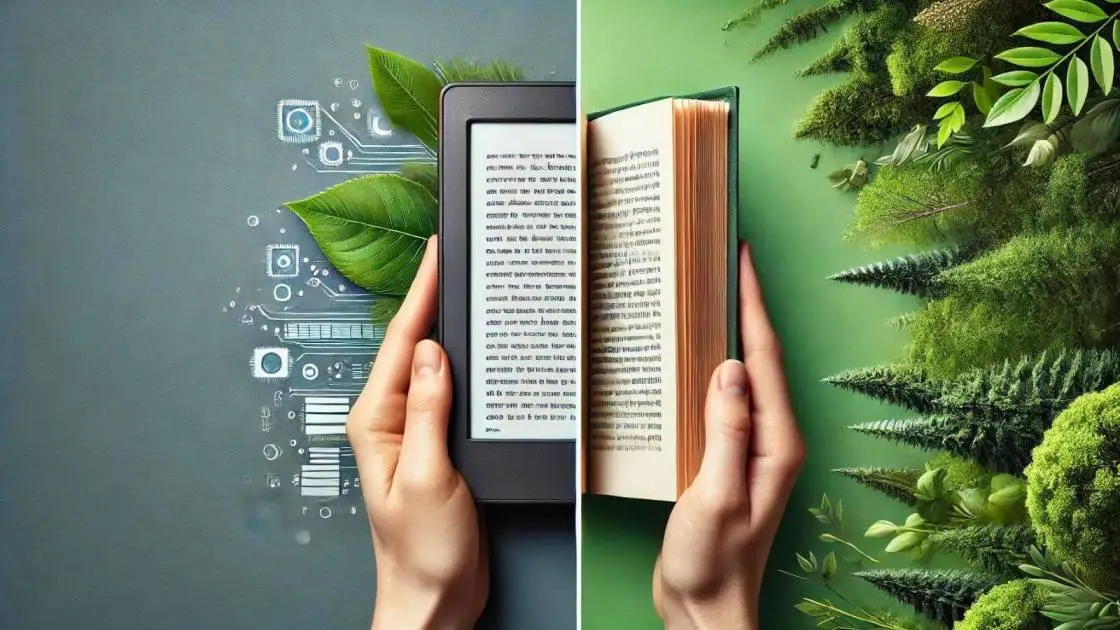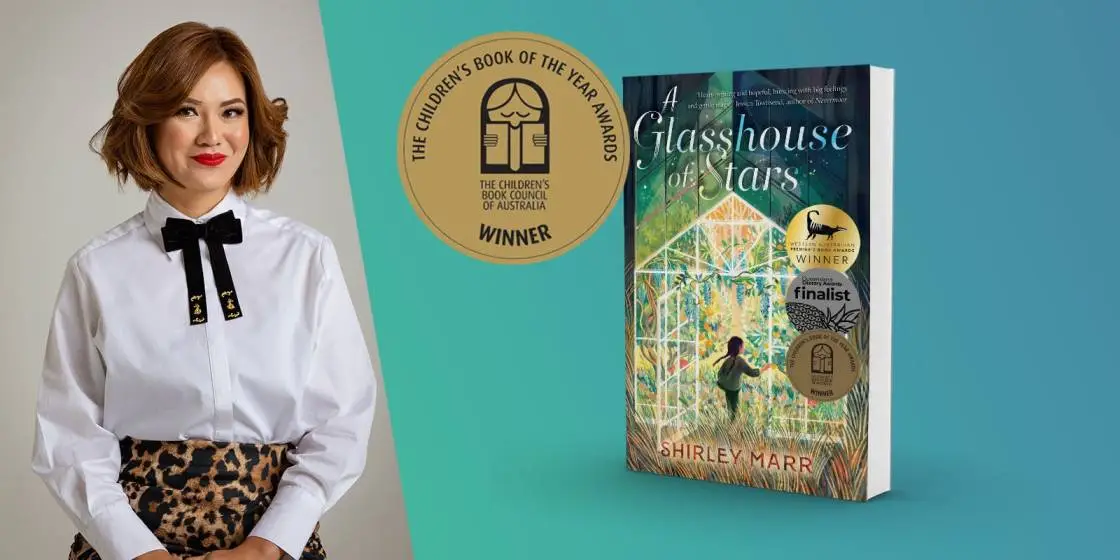Linda Sue Park Rewrites Little House on the Prairie with an Asian-American Heroine

In the spring of 1880, in a railroad town in Dakota Territory, a girl in her 15th year bends over her sewing to help support her family. This might be “Little Town on the Prairie,” the seventh book in Laura Ingalls Wilder’s iconic series about a pioneer family. But it also describes PRAIRIE LOTUS (Clarion, 272 pp., $16.99; ages 10 and up), the captivating new novel by the Newbery medalist Linda Sue Park, whose heroine, Hanna Edmunds, is half Chinese.
The parallels to the Little House series are deliberate — and at times delicious. Hanna, a more accomplished seamstress than Laura, shares an almost comical aversion to making buttonholes. Godey’s dress patterns, school exam nerves, the incredible taste of an orange, a town rising one storefront at a time — readers of Wilder’s work will savor the connections.
Yet the richest material in “Prairie Lotus” comes from Hanna herself.
In an author’s note, Park describes the book as “an attempt at a painful reconciliation.” The daughter of Korean immigrants, she “adored the Wilder books,” as if the Ingalls family could provide a “road map to becoming American.” But Park was not blind to the racism that runs through the books, particularly in the mother’s attitude toward Native Americans and her “stifling” sense of propriety. Park knew Laura would not have been permitted “to become friends with someone like me … someone who wasn’t white.”
The differences between Hanna and Laura pile up as quickly as the resemblances. Hanna and her father travel east to Dakota, not west. They leave their home in Los Angeles after the death of her mother, a casualty of the 1871 Chinese Massacre. Hanna is an only child, and Ben Edmunds is a storekeeper, with more money than the Ingalls family can raise in three books combined. The importance of community is tempered in “Prairie Lotus” by Hanna’s knowledge that “most white people didn’t like having neighbors who weren’t white themselves.” Whereas Laura becomes increasingly observant to describe the world to a blind sister, Hanna must rely on her keen powers of observation to assess “people she met, in an effort to guess how they might treat her.”
This is the story Park sets out to tell — not how to endure blizzards or scratch a living from a claim, but how to navigate the very real hazards of prejudice. Hanna’s father “has a good heart,” she recalls her mother’s assurance, but he is easily riled and cautions her against causing “trouble,” by going to school or simply by being seen. By the time Hanna enters a schoolroom for the first time, her bonnet pulled low to hide that she is half Chinese, we understand that her ambition to “make a friend … one friend” may be too much to hope for.
Fortunately Hanna has resources far beyond her bonnet. Her conversations with her father reveal strength, stubbornness and an essential canniness about when to press her claims. The town’s mixed reception to her — which includes an incident of assault — means we see Hanna in a variety of guises. When other students drop out of school to avoid her, she takes solace in her teacher’s support and realizes she is “free to choose” her own way forward.
And Park offers more possibilities for friendship than the denizens of her new town. In the opening scene, Ben forges off in search of game; unlike Pa, who would have bagged a rabbit or blackbird, he returns empty-handed. But in his absence Hanna encounters a group of “mothers and daughters” in the Ihanktonwon tribe. Guided by the memory of her own mother, she greets them warmly. This quiet spiral of kindness runs through the novel and raises important questions about injustice. Park is especially adept at the small associations that might resonate with young readers: a shared bowl of soup, or the black hair so much like Hanna’s own.
For Little House fans, novels such as “Prairie Lotus” — and Louise Erdrich’s outstanding Birchbark House series, told from the point of view of an Ojibwe girl — expand Wilder’s fictional terrain in ways that are not only deeply satisfying but crucial to our national identity.
“Prairie Lotus” is an independent work. But those who read both Wilder and Park might find that the experience also broadens their understanding of what books can do: how they speak to one another across generations, how they animate us to find stories of our own.




